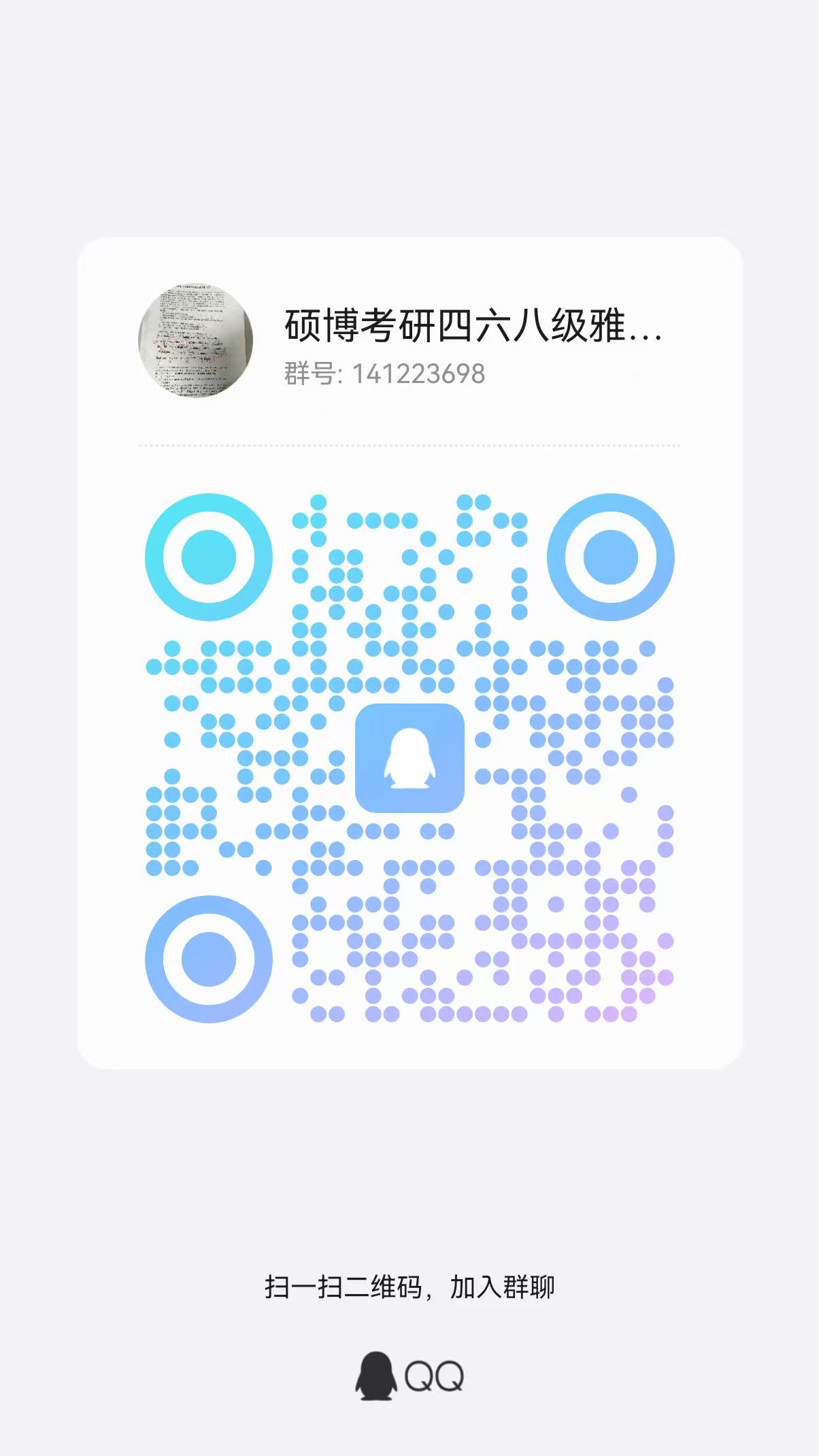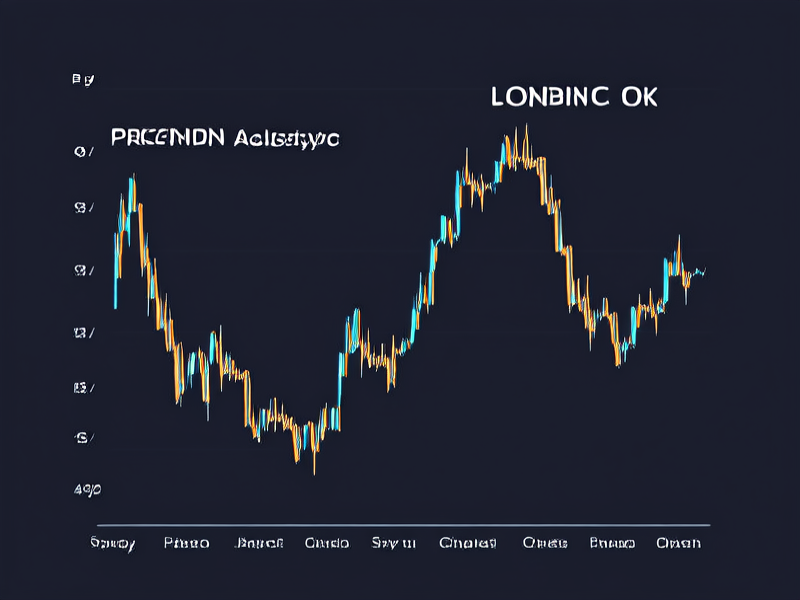Wd提问: ai开发apk
Ai批改: Developing an APK (Android Package File) using AI (Artificial Intelligence) involves several steps and requires a combination of expertise in both AI and Android app development、Here's a general overview of how you might approach creating an APK using AI:
1、Define the purpose and functionality of your APK: Determine what kind of app you want to develop、Is it a game, a productivity tool, a utility app, or something else? What features do you want to include? This step is crucial for understanding what kind of AI capabilities you might need.
2、Choose an AI framework or library: Depending on your needs, you'll select an appropriate AI framework or library that can be integrated into your Android app、Some popular choices include:
TensorFlow Lite: For machine learning (ML) models.
Google's ML Kit: A mobile machine learning framework that provides a simple, one-stop-shop for common ML tasks.
Core ML: For integrating machine learning models into iOS apps, but there are equivalents for Android.
3、Design and train your AI model (if necessary): If your app requires a custom ML model, you'll need to design, train, and test it、This might involve collecting and preprocessing data, choosing a model architecture, training, and validating the model.
4、Develop the app: Use Android Studio, the official IDE for Android app development, to create your app、You'll write code in Java or Kotlin, design user interfaces with XML, and integrate your AI model.
5、Integrate AI into your app: Use the AI framework or library you've chosen to integrate your ML model into the app、This could involve coding features like image recognition, natural language processing, or predictive analytics.
6、Test your app: Thoroughly test your app on various devices and Android versions to ensure compatibility and performance.
7、Publish your app: Once you're satisfied with your app's functionality and stability, prepare it for release by creating a keystore, signing your app, and submitting it to the Google Play Store.
Example: Creating a Simple AI-Powered APK
Let's say you want to create a simple image classification app that can identify objects in images using TensorFlow Lite.
Step 1: Set Up Your Environment
Install Android Studio.
Ensure you have TensorFlow Lite installed or another suitable AI library.
Step 2: Design Your User Interface
In `activity_main.xml`, you might have a simple layout with a button to select an image and a text view to display the classification result.
xml
<LinearLayout
<Button
android:id=@+id/selectImageButton
android:layout_width=wrap_content
android:layout_height=wrap_content
android:text=Select Image /
<TextView
android:id=@+id/resultTextView
android:layout_width=wrap_content
android:layout_height=wrap_content /
</LinearLayout
Step 3: Implement AI Functionality
In your `MainActivity.java` or `MainActivity.kt`, you'll implement the logic to select an image, classify it using your ML model, and display the result.
kotlin
import android.os.Bundle
import android.util.Log
import androidx.appcompat.app.AppCompatActivity
import org.tensorflowlite.task.vision.classifier.ImageClassifier
import org.tensorflowlite.task.vision.classifier.ImageClassifierOptions
import java.io.File
import java.io.FileInputStream
import java.nio.ByteBuffer
class MainActivity : AppCompatActivity() {
override fun onCreate(savedInstanceState: Bundle?) {
super.onCreate(savedInstanceState)
setContentView(R.layout.activity_main)
// Initialize your ML model and classify an image
val model = ImageClassifier.createFromFile(this, your_model.tflite)
// Assuming you have an image file
val imageFile = File(path/to/image.jpg)
val fis = FileInputStream(imageFile)
// Use the model to classify the image
val results = model.classifyImage(fis)
Log.d(Classification, results[0].label)
}
}
Step 4: Add Permissions and Handle Results
Don't forget to add necessary permissions in your `AndroidManifest.xml` and handle the results from your ML model appropriately.
Tools and Resources
Android Studio: The primary tool for developing Android apps.
TensorFlow Lite: For integrating machine learning models.
ML Kit: For easier integration of ML tasks.
Challenges
Model Size and Performance: ML models can be large, affecting APK size and app performance.
Privacy and Security: Ensure that your handling of user data (especially images, location, etc.) is secure and privacy-compliant.
Learning Resources
Android Developers: Official documentation and tutorials.
TensorFlow Lite Documentation: For integrating ML models.
Creating an AI-powered APK involves a lot of steps, from conceptualization and design to development, testing, and deployment、The specifics can vary greatly depending on the AI capabilities you're integrating.
0
IP地址: 97.136.134.8
搜索次数: 574
提问时间: 2025-04-20 20:47:03
热门提问:
无限制ai聊天
耳钉金饰
steam域名名称怎么注册
买书去哪个网站正版
介绍域名uu.hl.cn的含义、价值与适合的行业。
ai培训业余班
深圳水贝黄金保真吗
上海回收黄金
什么是开盘价和收盘价
ai绘画插画
豌豆Ai站群搜索引擎系统
关于我们:
三乐Ai
作文批改
英语分析
在线翻译
拍照识图
Ai提问
英语培训
本站流量
联系我们

友情链接:
月饼
Suchmaschinen in China
ai提问
温馨提示:本站所有问答由Ai自动创作,内容仅供参考,若有误差请用“联系”里面信息通知我们人工修改或删除。
技术支持:本站由豌豆Ai提供技术支持,使用的最新版:《豌豆Ai站群搜索引擎系统 V.25.05.20》搭建本站。
















